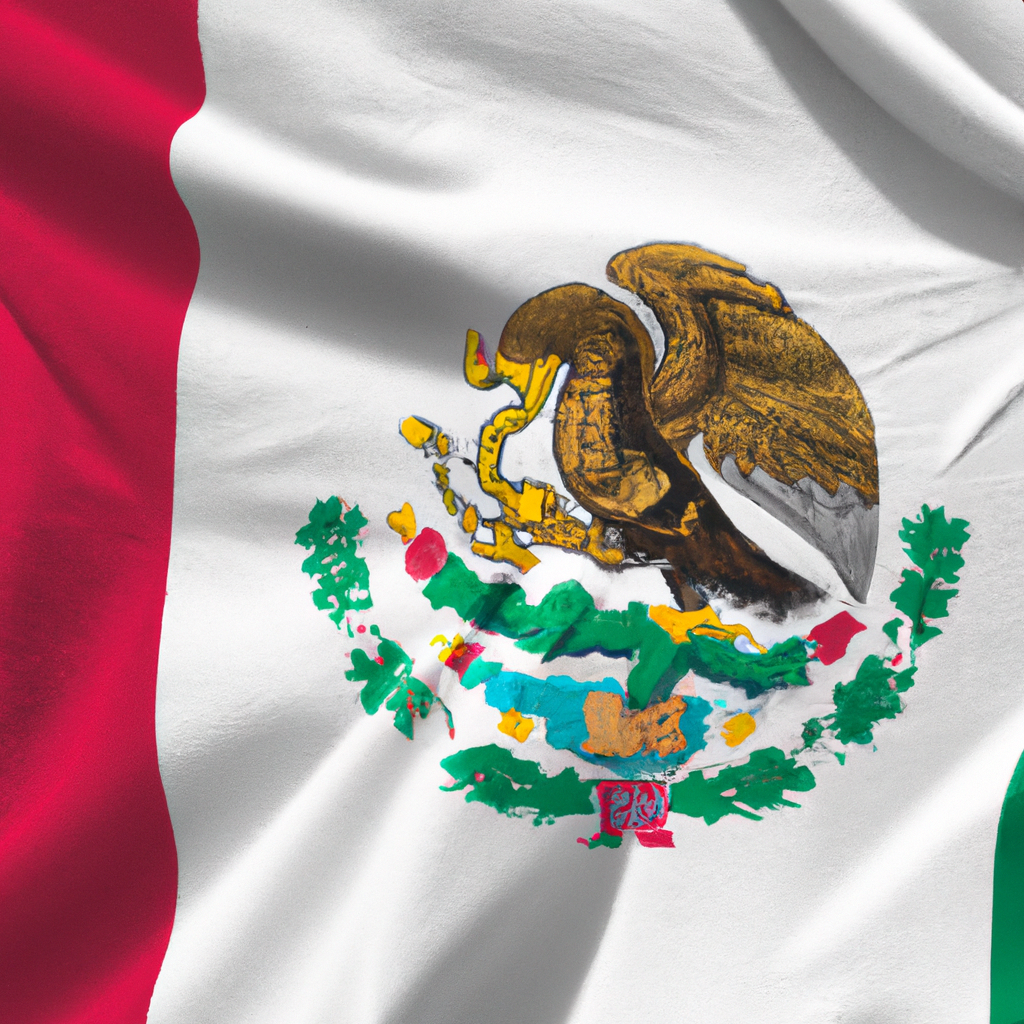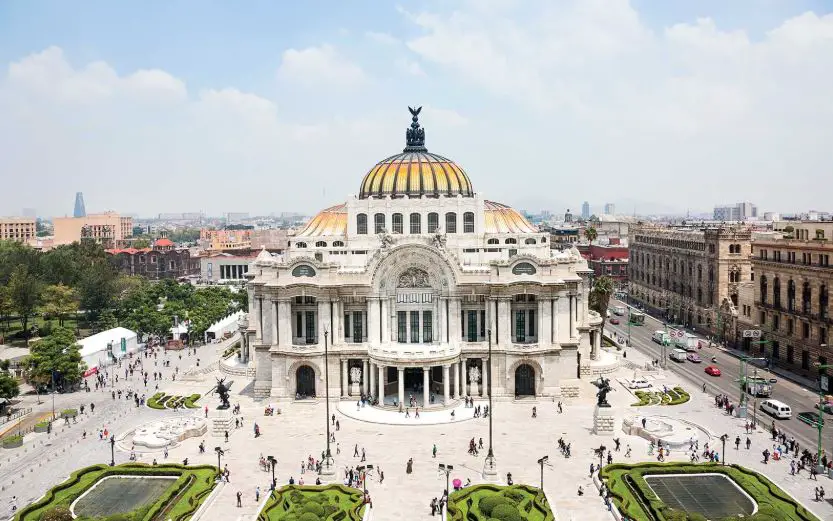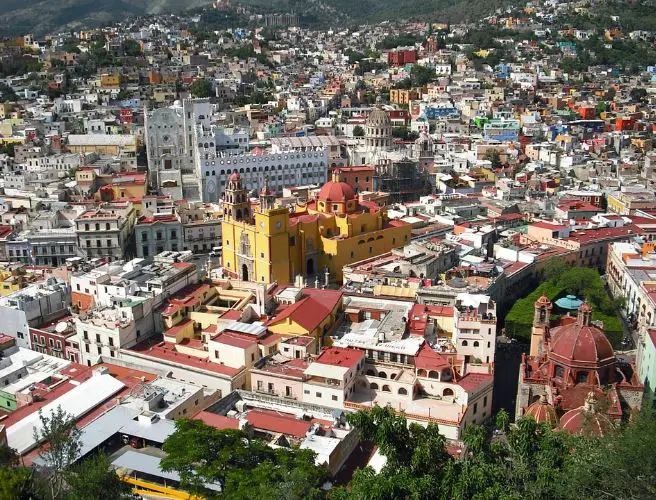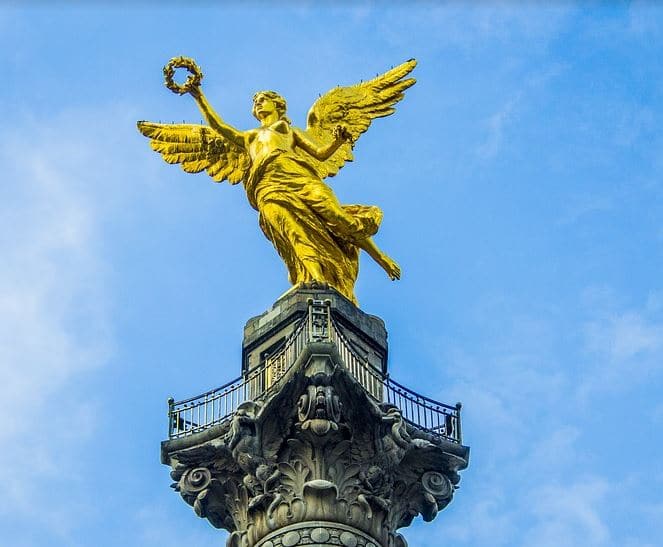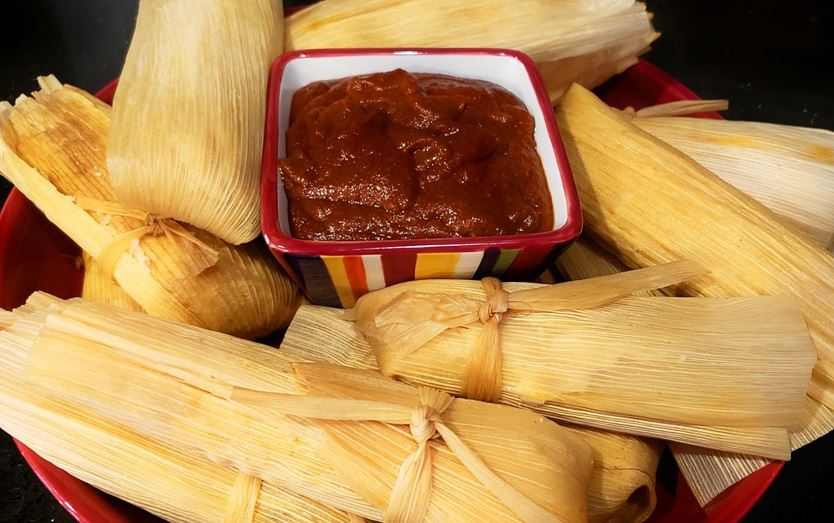What currency is used in Mexico?
Post ByAdequate Travel
Summary
Mexico’s official currency is the Mexican peso, also known as MXN or MX$, and is used throughout the country. In this blog, we’ll look at the history of the Mexican peso and explain how it is used in today’s economy.
Currency Used in Mexico: Mexican PesoIntroduction:The currency used in Mexico is the Mexican Peso. It is the official currency and medium of exchange in the country. The peso, denoted by the symbol "$" or "Mex$", is issued and regulated by the Bank of Mexico (Banco de México).History of the Mexican Peso:The Mexican peso has a rich history dating back to colonial times when it was introduced by the Spanish Empire. From 1823 to 1993, the currency went through several revaluations, devaluations, and even a period of being pegged to the US dollar. The current peso, as we know it, was established in 1993 when three zeros were dropped from the old currency.Denominations and Coins:The Mexican peso is divided into various denominations, including coins and banknotes. The coins are available in the following denominations and commonly used in day-to-day transactions:1 Peso coins: These coins are bronze-colored and have the image of the National Shield of Mexico on one side, along with the denomination and a widespread figure or event from Mexican history on the other side.5 Peso coins: These are silver-colored coins featuring various symbols of Mexican culture and history, such as famous buildings, persons, or national symbols.10 Peso coins: These silver-colored coins usually depict significant persons or events from Mexican history.20 Peso coins: This coin is bimetallic, with a gold-colored outer ring and a silver-colored inner circle. The design pays homage to the iconic Aztec Calendar or Sun Stone.There are also higher-value coins, such as those worth 50, 100, and 500 pesos, but they are not as commonly used in daily transactions.Banknotes:Mexican banknotes are available in the following denominations and are widely used for larger transactions:20 Pesos: Features the image of Benito Juárez, a former president of Mexico.50 Pesos: Depicts the Mexican architect Juan O'Gorman and the artists Diego Rivera and Frida Kahlo.100 Pesos: Presents the image of the Mexican statesman and writer Nezahualcóyotl.200 Pesos: Features the Latin American independence leader Miguel Hidalgo y Costilla.500 Pesos: Depicts the legendary revolutionary Emiliano Zapata.1000 Pesos: Presents the image of former president Benito Juárez.Currency Exchange:If exchanging currency to Mexican pesos, it is advisable to do so at authorized currency exchange offices, banks, or ATMs. Major airports, hotels, and tourist areas often have places for currency exchange services. Additionally, most international credit and debit cards are widely accepted in businesses and ATMs throughout Mexico.Conclusion:The currency used in Mexico is the Mexican Peso. It is available in coins and banknotes of various denominations, with distinctive designs featuring historical figures, events, and symbols of Mexican culture. Being familiar with the currency can help travelers navigate transactions and understand the value of goods and services in Mexico.While planning your trip, take note of any travel restrictions that may impact your itinerary, such as limited access to certain regions or attractions.
Suggested Questions
- Templo y Ex-Convento de San Agustín, Querétaro: Horror Story, History & Paranomial Activities
- Hacienda de San Bartolo, Yucatán: Horror Story, History & Paranomial Activities
- Hacienda San Andrés Cuexcontitlán, Toluca, Mexico State: Horror Story, History & Paranomial Activities
- Hotel Posada del Sol, Guadalajara, Jalisco: Horror Story, History & Paranomial Activities
- Hacienda Santa Ana, Tepotzotlán, Mexico State: Horror Story, History & Paranomial Activities
- Parroquia de San Miguel Arcángel, San Miguel de Allende, Guanajuato: Horror Story, History & Paranomial Activities
